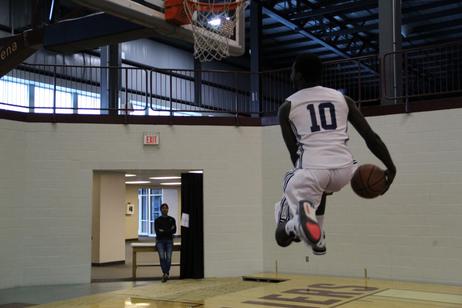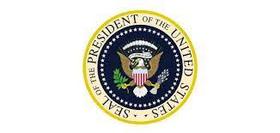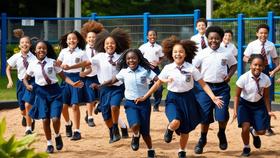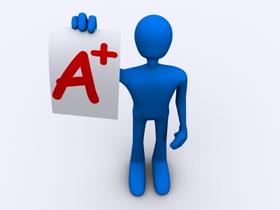2023-24 Best SSAT Prep Courses Reviewed
Preparing for the Secondary School Admission Test (SSAT) can be a daunting task for students seeking admission to private schools. With its unique format and challenging questions, the SSAT requires strategic preparation to achieve a competitive score. In this article, we'll explore the best SSAT prep courses reviewed in 2023-24, helping you make an informed decision about which course is right for your student.
The SSAT is probably unlike any test your student has ever taken. That’s because it’s designed to identify the best students from a large pool of excellent candidates.
- The SSAT’s questions are significantly different in their difficulty and content from questions on other standardized tests.
- Students aren't even expected to know everything that’s on the test!
- This means that, in order for your student to have the best chance at getting a score that’ll help them get admitted to their school of choice, they’ll need to prepare for the test.

Canva generated this image.
There are a lot of test prep options out there, from tutoring to books to online services. We’ve compiled a list of 5 of the best test prep options we’ve found. But first, here are some things to consider before choosing a prep solution:
How does your student learn best? Some students learn best in a self-paced program where they are in control, while others may benefit from the more rigid prep plan that a

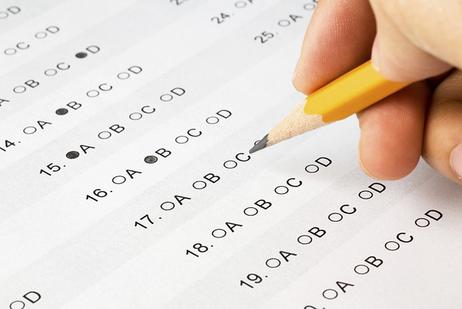

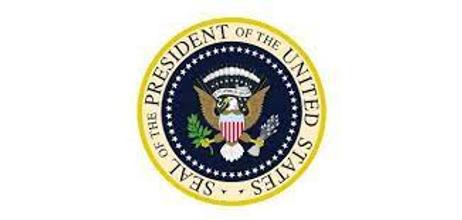
 28 - Woodrow Wilson
28 - Woodrow Wilson 29 - Warren Harding
29 - Warren Harding 30 - Calvin Coolidge
30 - Calvin Coolidge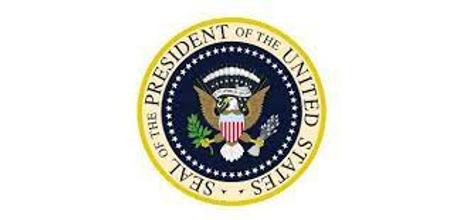
 President from April 30, 1789 to March 4, 1797. No party affiliation.
President from April 30, 1789 to March 4, 1797. No party affiliation.